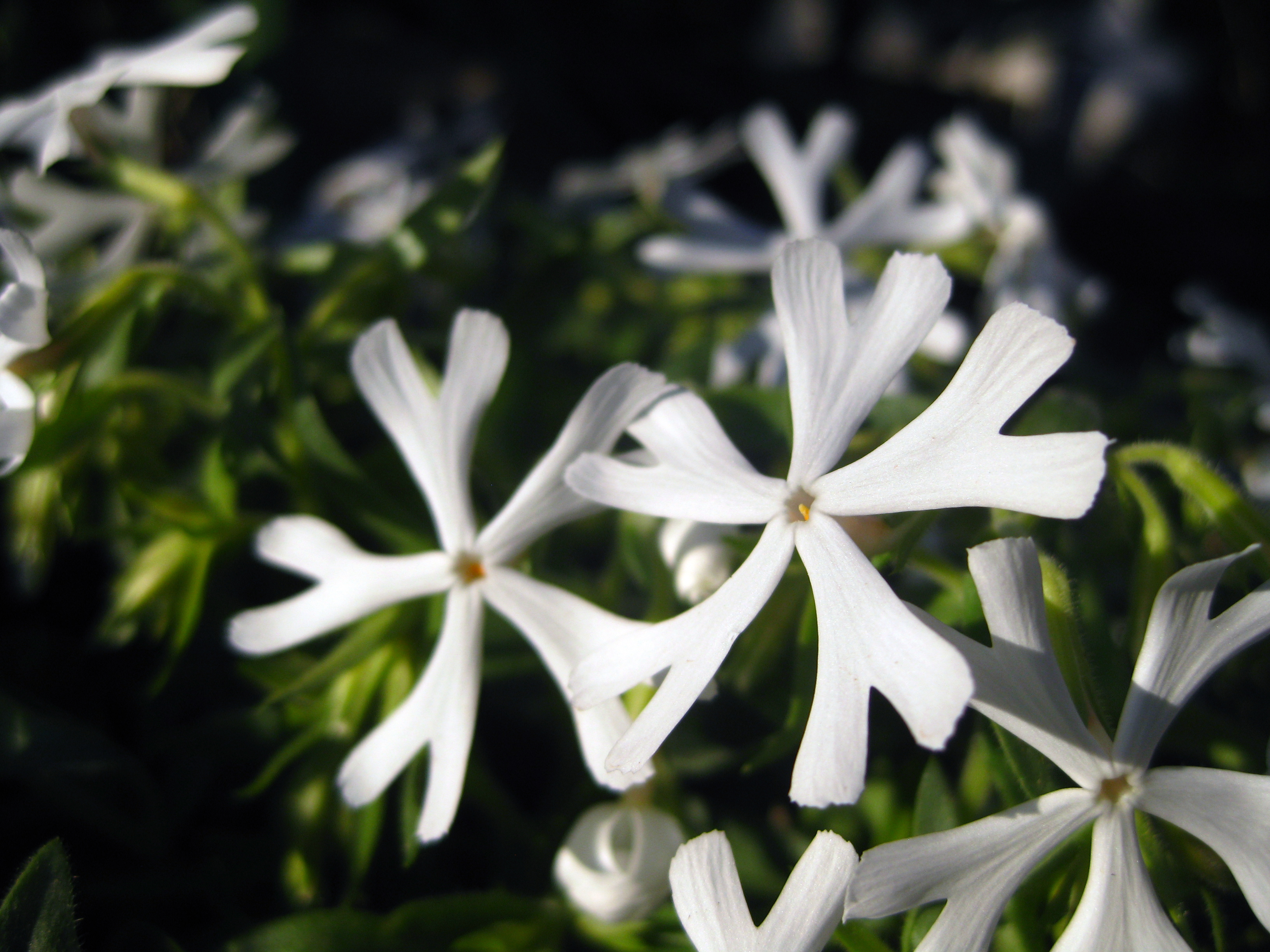Resource Library
Plant of the Week: Late Snow Catchfly, Silene
Plant of the Week: Silene 'Late Snow' Late Snow Catchfly
FAYETTEVILLE, Ark. -- I like new plants as much as the next gardener but I’ve been an observer to the new plant game, not a participant. However, I’ve found a little plant I think is worth propagating so I’ve named it and call it ‘Late Snow’ Catchfly (Silene ‘Late Snow’). Likely little will ever come of this new plant because marketing and mass propagation requires a lot of behind the scenes promotion. I’m a plant nerd, not a marketing guru.

Late Snow catchfly was grown from a lot of seeds I obtained from the 2006 North American Rock Garden Society seed exchange. I’ve been a member of this group for decades and try to grow as many different kinds of plants as possible. That year I ordered all the Silene seed choices they had available. Unfortunately, as happens too often with me, the plant label got lost from the time the seedling was planted in my rock garden and it made its first really good showing about three years later.
Thus far I’ve been unable to identify it to the species level. I’m sure the plant belongs to the pink, or carnation, family and reasonably sure it is a Silene, but even that could be wrong. Not only am I prone to losing plant labels but over the years I’ve found that my fellow rock garden compatriots are sometimes known to send seed packets in for distribution that have been misidentified. There are more than 700 species of Silene native throughout the northern hemisphere, so I continue my search to find a good match for this interesting plant.
Silene ‘Late Snow’ is an evergreen herbaceous perennial growing in a tight clump about 10 inches tall and wide when in flower. Its overwintering form is as a mounded, rosette like clump about 4 inches tall and 6 inches wide with lance shaped thick textured leaves to 1.5 inches long. In the spring when new growth resumes the leaves are alternate on the stem and have a heavy pubescence. In Late Snow the hairs do not produce a sticky residue, the reason for the catchfly common name for the group.
The bright white flowers are produced terminally in early spring in groupings of 4 or 5, inch- to inch-and-a-half diameter flowers with five petals, each of which is forked terminally. The slender tubular throat is to a quarter-inch long and slightly crooked. Flowers are slightly fragrant. I have not observed seed set on this plant but it does make a tiny superior capsule embedded in the tight, linear sepals. Plants bloom in late March for me at the same time as creeping phlox, Phlox subulata and remain in bloom about two weeks.
Two things impress me about Late Snow catchfly. First, in bloom it is beautiful and the plant form is tight and compact. Secondly, and most importantly, it is a tough survivor. I had some beautiful displays out of the other Silenes I planted that year but they were short-lived and disappeared within three years. Late Snow started slow as a seedling but it has been a tough, drought tolerant survivor. I lost the original plant in the heat and drought of 2012 in a non-irrigated portion of my rock garden but fortunately I had already taken cuttings.
Late Snow catchfly is a small rock garden kind of plant that should be planted in a full sun location in a well-drained growing soil. It is not large enough or fast growing enough to compete with big, fast growing plants favored by bedding plant growers. I have not grown it in a well-irrigated site but the plant is easy to grow in container production so I suspect it does not have a requirement for dry conditions, just good drainage. Cold hardiness is an open question but it will likely grow through at least zone 5. Cutting the plants back after blooming does not cause a second flush of blooms but will stimulate vegetative growth that can be used for summertime cuttings. Phlox bug is the only insect that has bothered the plant thus far. In the coming years I hope to release the plant through the Botanical Garden of the Ozarks.
For more information about horticulture, or to see other Plant of the Week columns, visit extension’s website,http://uaex.uada.edu/yard-garden/resource-library/plant-week/or contact your county extension agent.
Pursuant to 7 CFR § 15.3, the University of Arkansas System Division of Agriculture offers all its Extension and Research programs and services (including employment) without regard to race, color, sex, national origin, religion, age, disability, marital or veteran status, genetic information, sexual preference, pregnancy or any other legally protected status, and is an equal opportunity institution.
By: Gerald Klingaman, retired
Retired Extension Horticulturist - Ornamentals
Extension News - April 3 2015